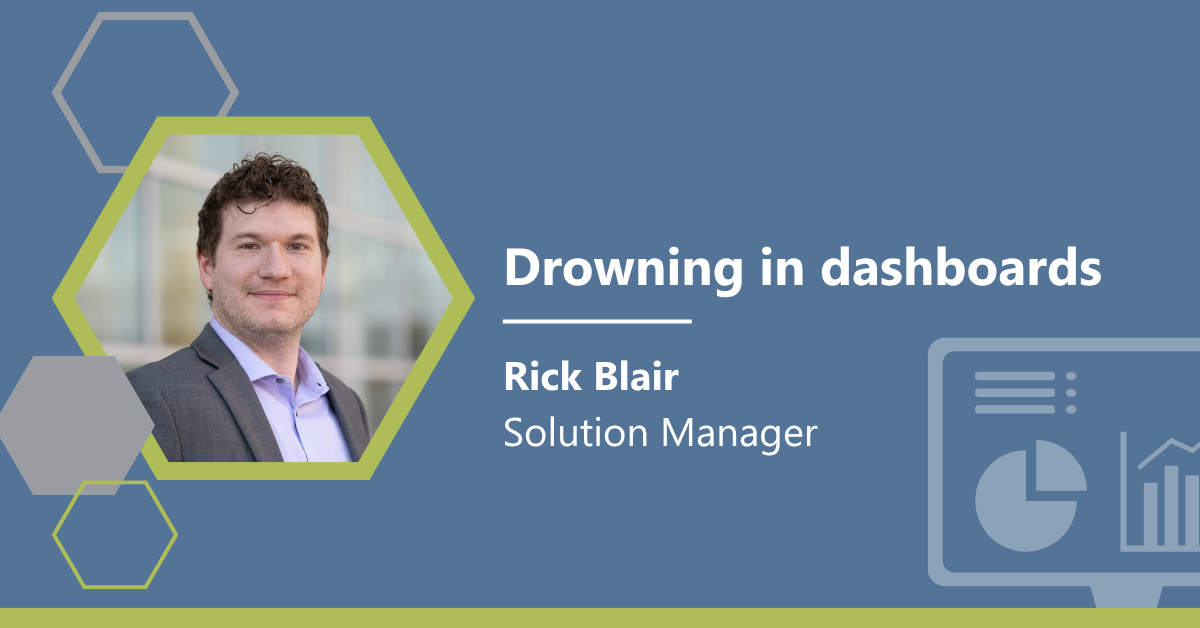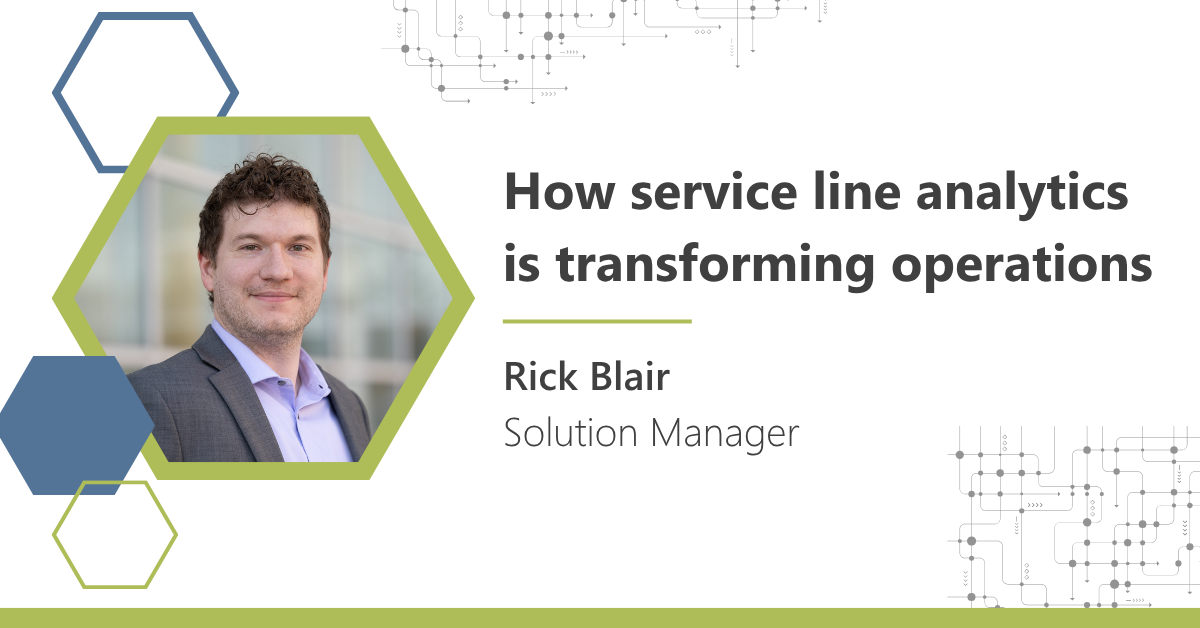 Self-service first emerged in the consumer space, where it was designed to offer a frictionless, user-controlled experience. Whether buying a soda from a vending machine, ordering a burger at a kiosk, or depositing a check via mobile app, self-service is no longer a novelty — it’s an expectation.
Self-service first emerged in the consumer space, where it was designed to offer a frictionless, user-controlled experience. Whether buying a soda from a vending machine, ordering a burger at a kiosk, or depositing a check via mobile app, self-service is no longer a novelty — it’s an expectation.
The goal? Empower customers with speed and convenience, while still providing the right guardrails.
In health IT, self-service started gaining traction in the early 1990s, as support demand quickly outpaced available resources. Early implementations focused on handling low-complexity tasks like password resets, login issues, and access to knowledge articles.
Today, self-service goes far beyond troubleshooting. Users expect more sophisticated, cognitive tasks, such as exploring data, generating ad-hoc reports, and deriving meaningful insights, all without having to file a ticket. Yet despite the strategic focus placed on self-service across industries, sustainable, impactful adoption in healthcare remains rare.
What separates organizations that succeed with self-service from those that struggle?
Let’s go back to the burger analogy. Why might a customer avoid using a self-service kiosk?
- The interface isn’t intuitive.
- It doesn’t allow for customization (no pickles, extra cheese?).
- It doesn’t support their preferred payment method.
- Most importantly: if the kiosk gets the order wrong, that customer probably won’t use it again. If the burger itself is bad, they may never return to the restaurant, which is a different, but equally important, problem.
Now, apply that thinking to self-service reporting in healthcare. The stakes are higher, and the choices are rarely as simple as picking from a preset menu. Success requires more than just implementing a tool. It demands the right mix of people, processes, and technologies to ensure that the information that is being served is accurate, actionable, and tailored to the user.
Here’s what that takes:
A deep understanding of users and use cases.
A care manager may need a quick list of patients for outreach. An ED director may be focused on real-time throughput. These are vastly different needs, both in purpose and in technical complexity. And that’s just two personas. Most healthcare systems support dozens more, each with their own complexities and needs.
Strong data governance
Certified, approved definitions help avoid inconsistent or misleading data. It’s the difference between ordering a Big Mac and ending up with a plain hamburger.
Rigorous validation processes
Just as restaurants test new menu items before launch, healthcare solutions should be reviewed by cross-functional teams — including clinical, technical, and operational experts — to ensure accuracy and trust.
A long-term mindset
Self-service is not a one-and-done implementation. It’s a journey that evolves with user maturity, system capabilities, and data maturity.
Robust user enablement
Even the best tools fall flat without support. Users need training, ongoing coaching, and a clear path for feedback and escalation.
Clear, meaningful measurement
Success should be tracked through real adoption, demonstrated value, and a measurable reduction in support tickets for routine issues.
Accessible, intuitive technology
The best self-service tools are invisible — seamless, simple, and always available when users need them.
When executed effectively, self-service doesn’t just reduce dependency on IT teams. It empowers frontline users to make faster, more informed decisions. It builds trust. It turns skeptics into advocates.
But success isn’t a matter of flashy platforms. It requires a service-oriented mindset, one that is grounded in empathy, clarity, and commitment to getting it right.
This article originally appeared on HIStalk.







